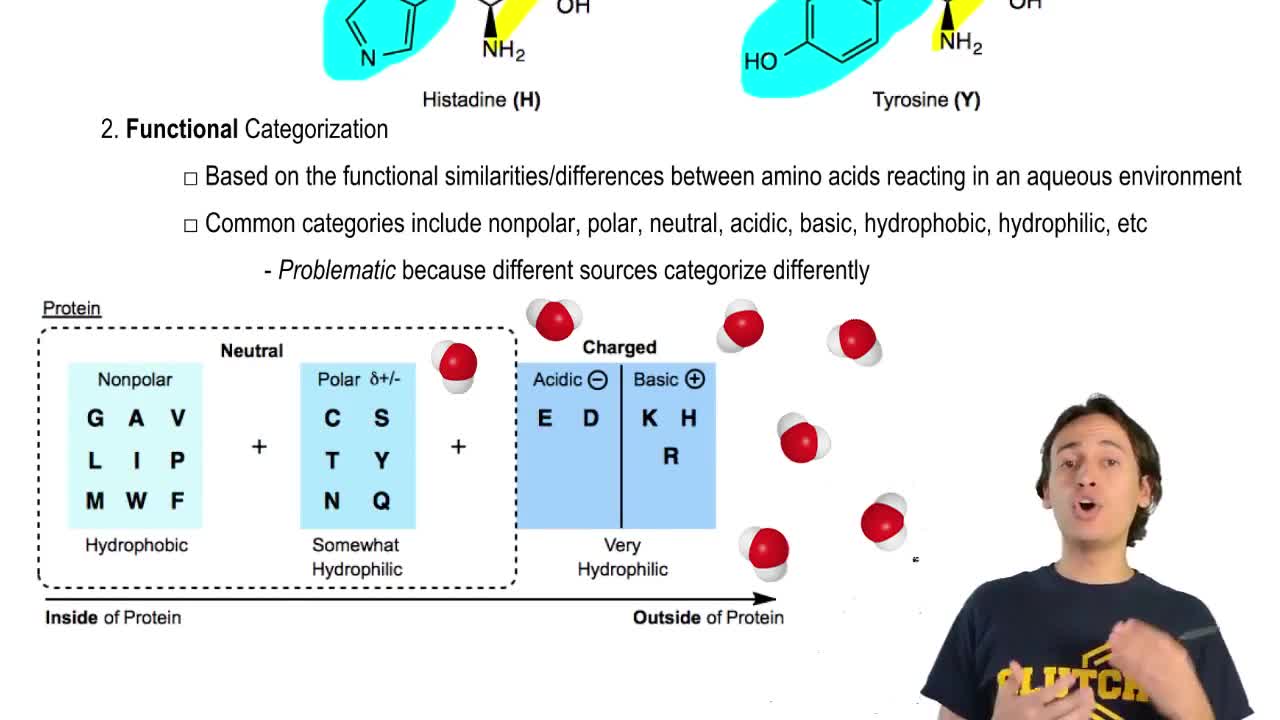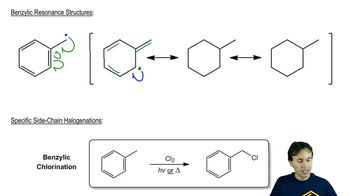Textbook Question
Identify the following solvents as polar protic, polar aprotic, or nonpolar.
(a)
 Verified step by step guidance
Verified step by step guidance Verified video answer for a similar problem:
Verified video answer for a similar problem:


 2:26m
2:26mMaster General format of reactions and how to interpret solvents. with a bite sized video explanation from Johnny
Start learning